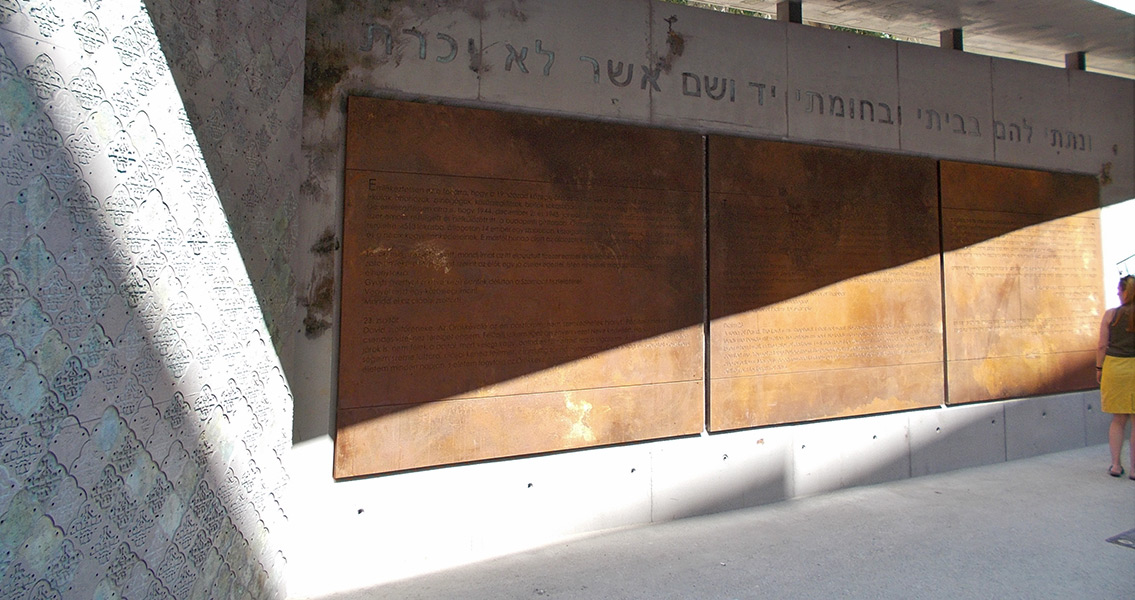<![CDATA['If these walls could talk' - a familiar expression and one that has been eerily realized by a couple in Budapest, Hungary. An immense and historically valuable cache of documents from the holocaust era was discovered behind a brick wall in the couple’s Budapest apartment. An amazing 6,300 documents in total. The wartime papers were determined to be part of a 1944 census performed in the city. The objective of the survey was to determine the number of Jews who lived in Budapest, and where they they were staying. It’s obvious from the documents that Jewish citizens freely and truthfully answered the census questions, unwittingly providing the information Nazi officials would use as part of their plan to exterminate all of the 200,000 Jews living in Hungary’s capital. During a renovation project in the couple’s apartment, construction workers were investigating the area behind a brick wall when they came across something that felt like paper (they initially believed they had damaged their neighbors wallpaper). Peering through cracks in the wall they could make out writing, so carefully and methodically they began removing the bricks one-by-one to expose a wall cavity stuffed with documents – 61 kgs. (135 lbs.) worth. The yellowed papers were dusty and caked with plaster but still intact for the most part. Most astonishingly, the writing on them was still clearly legible due to the air tight condition of the wall cavity, this also prevented any nicotine damage - the former owner had been a heavy smoker. The collected census documents were given to the City of Budapest city archives According to Istvan Kenyeres, head of the archives, experts there were amazed at the condition of the documents, explaining that a majority of wartime papers are more rotted and faded than medieval documents, due to the bad quality of paper rationing had necessitated. In addition, the scale and content of the finding is unprecedented and goes a long way in filling a gap in the history of Budapest’s connection to the Holocaust. Earlier this year, archive restorers started “ironing” the documents in order to study them. They will all eventually be digitized and made available to the public. Only two months prior to the date the census taking started, Nazi Germany had begun its occupation of Hungary. Deportation of Jews living in the Hungarian countryside to the Auschwitz gas chambers started almost immediately. The forms found in the apartment contained the names of the inhabitants in each of the City’s buildings and whether they were Jewish or not, with the total numbers of Jews and Christians tallied in the corners. Immediately following the census, approximately 200,000 Jews were relocated to 2,000 pre-selected buildings – referred to as Yellow Star Houses – due to the Jewish Star-of-David painted on the doors. From the recently discovered papers experts have determined that any building where a large number of Jews lived was likely to become a Yellow Star House. By late 1944, the Jewish population was relocated to the ghetto south of the city, where many died of starvation or were shot to death close to the nearby river – a moving memorial consisting of abandoned iron shoes is located at the spot today. The January 1945 arrival of the Russian army saved the others though, and most of the Jewish population in Budapest survived, unlike the Jews who lived outside the city. Approximately 600,000 Hungarian Jews died in the Holocaust, almost all in Auschwitz. Image courtesy of Wikimedia Commons user: Globetrotter19]]>
Holocaust-Era Documents Counting Jewish Residents Found
